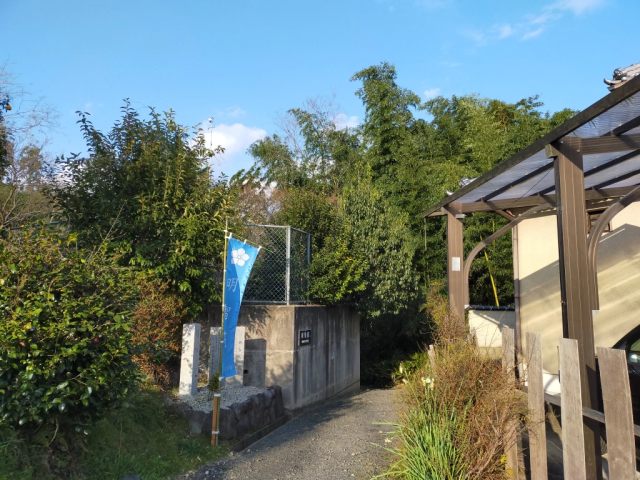
We step back into the past on a walk to the Akechi Thicket.
Kyoto is one of Japan’s top travel destinations, drawing visitors who dream of sipping green tea, touring temples and gardens, and otherwise immersing themselves in the city’s storied atmosphere of refined tranquility. But while Kyoto is the cultural capital of Japan, for several centuries it was the political one too, which means the city was sometimes the site of violent power struggles during the feudal era.
So today, we’re going off the beaten path in Kyoto and instead following the path of a beaten samurai, as we retrace the final steps of Akechi Mitsuhide, one of Japan’s most infamous warlords who met his end in Kyoto more than 400 years ago.
▼ Akechi Mitsuhide
Mitsuhide rose to prominence as a retainer of Oda Nobunaga, one of Japan’s three great unifiers who nearly ended Japan’s centuries-long civil war now called the Sengoku period. However, with Nobunaga close to suppressing the last bits of resistance to his rule, he was betrayed by Mitsuhide, who ambushed his master while he was lodging at Kyoto’s Honnoji Temple, resulting in Nobunaga committing seppuku (ritual suicide) when his defeat appeared certain.
▼ Honnoji Temple
But while Mitsuhide’s betrayal was successful, his follow-up plans were not. He failed to win wide support from the other Oda retainers, and so found himself the target of Toyotomi Hideyoshi, another Oda general who had remained loyal to his liege. Hidetomi, who had been fighting in western Japan, quickly brought his troops back to Kyoto and routed Mitsuhide’s forces at the Battle of Yamazaki, forcing Mitsuhide to give up his position at Kyoto’s Shoryuji Castle in Kyoto and flee for his home fortress of Sakamoto Castle, located east of Kyoto on the banks of central Japan’s Lake Biwa.
▼ Shoryuji Castle
However, Mitsuhide would never make it home. Instead, he would meet his end in a spot now known as Akechi Yabu, or the Akechi Thicket, which is located in present-day Kyoto City’s Fushimi Ward.
▼ Shoryuji Castle (red arrow), Akechi Thicket (green arrow), and Sakamoto Castle (blue arrow)
The thicket is within walking distance of Daigo and Ishida stations on the Kyoto subway network, which also has free maps of the local area.
Getting off the train at Daigo Station, we headed out of the gates and made our way up the Ogurisu-gaido road. Eventually, we turned down a narrow pedestrian path.
We came out on the far side, and after walking a little further into the interior, we saw a placard placed amidst shrubbery and bamboo stalks, telling us that we’d arrived at Akechi Thicket.
Historians say that this is where Mitsuhide was hunted down and slain by mountain bandits. Obviously, there’re no brigands in the neighborhood today, and while the area isn’t by any means urbanized, it’s still a modern, if sparsely populated, community.
Still, the contours of the mountains are essentially unchanged, and it’s hard not to wonder if they were the last things Mitsuhide saw before the ultimate, fatal unraveling of his ploy.
Like with a lot of prominent figures from Japan’s feudal period, Mitsuhide’s legacy is one without a clear-cut good-or-bad judgment from historians and the Japanese people at large. Some see him as a malicious and deceitful figure, while others find justification for his actions in Nobunaga’s own penchant for ruthless methods in trying to tighten his grip on the reins of Japan.
▼ The nearby Honkyoji Temple has a memorial stone for Mitsuhide
But for those looking to literally trace the path of someone who played a significant role in shaping the nation’s history, a visit to the Akechi Thicket is a unique alternative to the standard Kyoto temples and gardens.
Top image ©SoraNews24
Insert images: Wikipedia/GooGooDoll2, Wikipedia/KENPEI, Wikipedia/File Upload Bot (Magnus Manske), SoraNews24, Google (edited by SoraNews24)
● Want to hear about SoraNews24’s latest articles as soon as they’re published? Follow us on Facebook and Twitter!
[ Read in Japanese ]
Follow Casey on Twitter, where learning about the Honnoji Incident was the first thing that sparked his interest in Sengoku period history.